News
Last News Items
 Unveiling the Effects of Hydroxyl-Induced Trap States on the Charge Transport in p- and n-Channel Organic Field-Effect Transistors through Variable-Temperature Characterization – Publication by A212. June 2025 - 09:57
Unveiling the Effects of Hydroxyl-Induced Trap States on the Charge Transport in p- and n-Channel Organic Field-Effect Transistors through Variable-Temperature Characterization – Publication by A212. June 2025 - 09:57 Detection of an interface-specific coherent phonon mode – Publication by B5 (Höfer/Mette), A1 (Stolz) and A5 (Volz) in Advanced Materials Interfaces9. February 2025 - 11:29
Detection of an interface-specific coherent phonon mode – Publication by B5 (Höfer/Mette), A1 (Stolz) and A5 (Volz) in Advanced Materials Interfaces9. February 2025 - 11:29 Ultrafast switching of trions in 2D materials by terahertz photons – Publication by B9 (Malic) in Nature Photonics23. September 2024 - 09:32
Ultrafast switching of trions in 2D materials by terahertz photons – Publication by B9 (Malic) in Nature Photonics23. September 2024 - 09:32 The International Conference on Internal Interfaces, ICII-24, was held in Marburg19. September 2024 - 14:14
The International Conference on Internal Interfaces, ICII-24, was held in Marburg19. September 2024 - 14:14 35. Erfinderlabor: Scientific curiosity of the next Generation4. June 2024 - 08:55
35. Erfinderlabor: Scientific curiosity of the next Generation4. June 2024 - 08:55 Synthesis of 2D Gallium Sulfide with Ultraviolet Emission by MOCVD – Publication by A4 (Gottfried), A5 (Volz), A14 (Volz) and B2 (Chatterjee) in Small25. May 2024 - 15:04
Synthesis of 2D Gallium Sulfide with Ultraviolet Emission by MOCVD – Publication by A4 (Gottfried), A5 (Volz), A14 (Volz) and B2 (Chatterjee) in Small25. May 2024 - 15:04 Probing electron-hole Coulomb correlations in the exciton landscape of a twisted semiconductor heterostructure – Publication by B9 (Malic) in Science Advances7. February 2024 - 12:00
Probing electron-hole Coulomb correlations in the exciton landscape of a twisted semiconductor heterostructure – Publication by B9 (Malic) in Science Advances7. February 2024 - 12:00 Heteroepitaxy in Organic/TMD Hybrids and Challenge to Achieve it for TMD Monolayers: The Case of Pentacene on WS2 and WSe2 – Publication by A2 and B58. January 2024 - 10:06
Heteroepitaxy in Organic/TMD Hybrids and Challenge to Achieve it for TMD Monolayers: The Case of Pentacene on WS2 and WSe2 – Publication by A2 and B58. January 2024 - 10:06 Layer-by-layer deposition of organic molecules controlled by selective click reactions – Publication by A8 (Koert/Dürr) in Chemistry of Materials 23. December 2023 - 14:48
Layer-by-layer deposition of organic molecules controlled by selective click reactions – Publication by A8 (Koert/Dürr) in Chemistry of Materials 23. December 2023 - 14:48 Enhanced Circular Dichroism and Polarized Emission in an Achiral, Low Band Gap Bismuth Iodide Perovskite Derivative5. October 2023 - 11:25
Enhanced Circular Dichroism and Polarized Emission in an Achiral, Low Band Gap Bismuth Iodide Perovskite Derivative5. October 2023 - 11:25
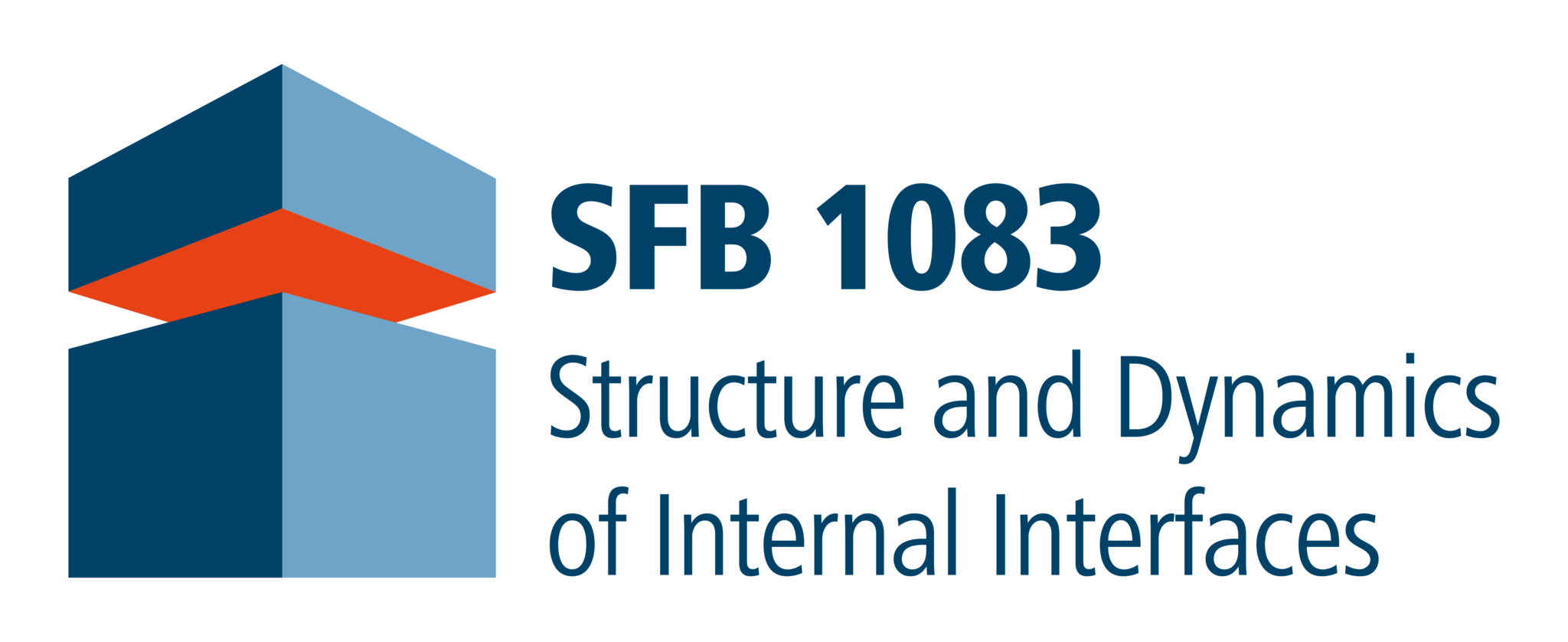
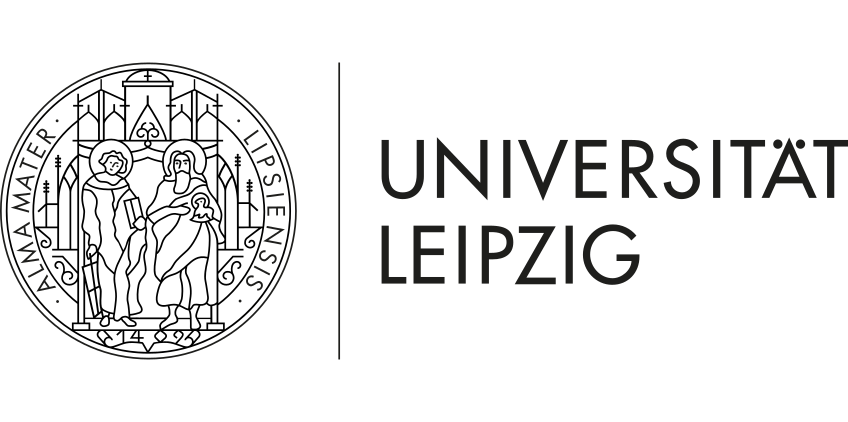
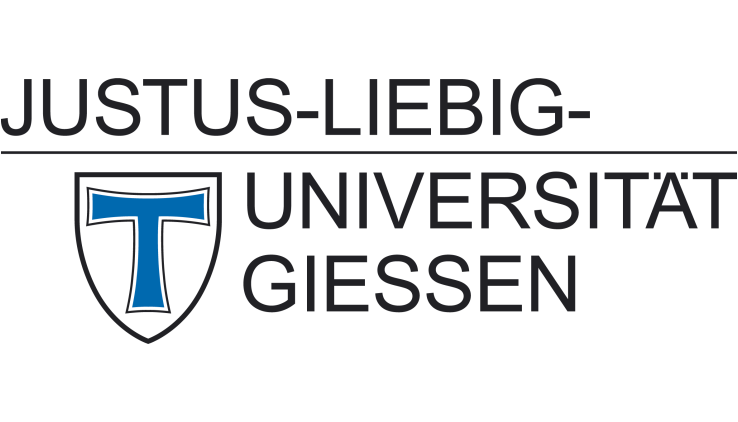


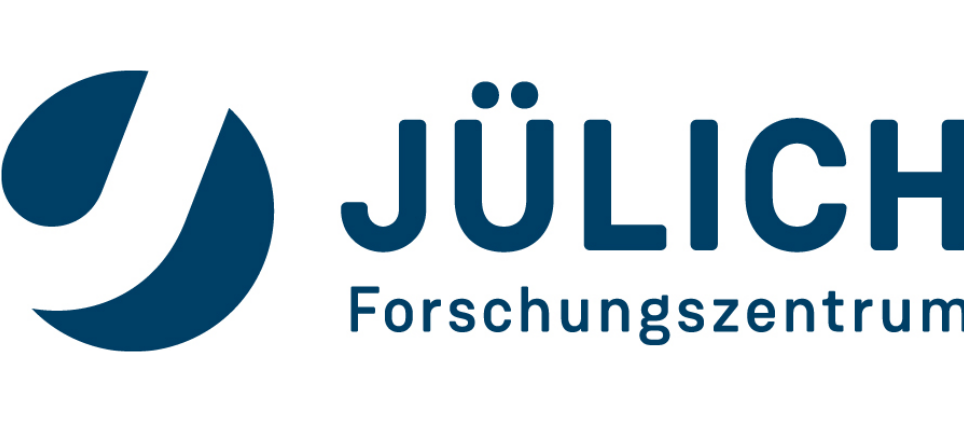
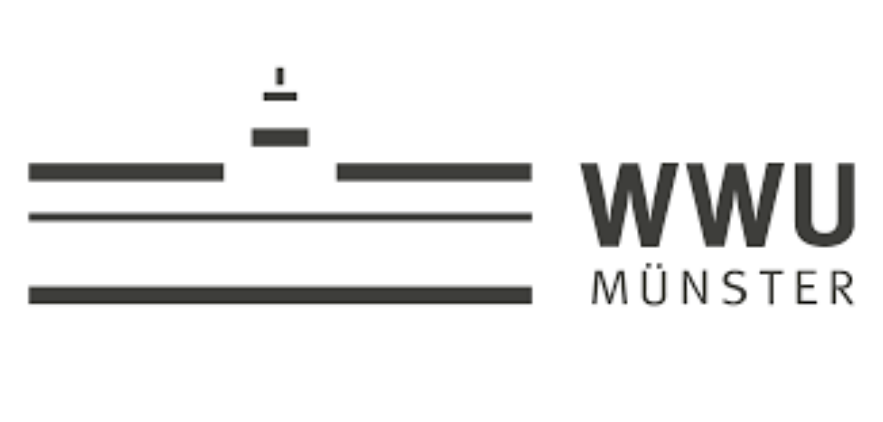
“Frauenförderpreis 2018” for Prof. Dr. Stefanie Dehnen (A9)
/in News /by sfb1083Professor Dehnen with Prof. Dr. Katharina Krause (president of Philipps-Universität Marburg), Prof. Dr. Carmen Bickle, and Dr. Nina Schumacher (women and equal opportunity officer). (Photo: Henrik Isenberg)
The “Frauenförderpreis” of Philipps-Universität Marburg is awarded every two years since 1998 and worth 2500 EUR. It recognizes Prof. Dr. Stefanie Dehnen and Prof. Dr. Carmen Birkle for their strong mentorship and in the case of Professor Dehnen in particular for her participation as a mentor for early-career female academic staff in the Hessen-wide project “SciMento” and her enduring engagement for a family-friendly research environment.
In balancing a professorship and family-life with four young children, Stefanie Dehnen is living proof that having both, a research career and a family is possible.
ASOMEA-IX organized by SFB 951 & SFB 1083
/in News /by sfb1083The series of biannual ASOMEA-workshops began in 2001 as a meeting of Swedish and Japanese scientists working with spectroscopic techniques and theoretical modeling for a better understanding of organic electronic materials and related interfaces. In 2016 the scope of the workshop was widened to include the German community and the intention to focus on organic materials at advanced stages, in situ/operando techniques, and time-resolved spectroscopy to name just a few.
For more information visit https://asomea9.internal-interfaces.de/.
Outreach Research Publication on SFB 1083
/in News /by sfb1083Copyright Scientia.
In the October issue of Scientia an outreach research publication entitled “Collaborating to Study Interfaces in Miniaturised Materials” covers our collaborative research center.
Scientia is a bimonthly science communication publication. The goal is to connect science and society by presenting research in an understandable, informative and attractive way to the general public. The article outlines motivation, scientific goals and methods of SFB 1083 “Structure and Dynamics of Internal Interfaces”. It highlights several results of the first funding period.
The publication is also accessible as a “scipod”-audiobook.
Publication
SFB 1083 – Collaborating to Study Interfaces in Miniaturised Materials
Scientia (2018) DOI: 10.26320/SCIENTIA255
Lightwave-driven Dirac currents – Publication by B6 (Höfer/Wallauer) in Nature
/in News /by sfb1083Johannes Reimann, Jens Güdde and Ulrich Höfer together with a team led by Rupert Huber in Regensburg have taken band structure movies of electrical currents carried by Dirac electrons as they are driven by an intense THz wave.
Artistic view of the experiment (image by Brad Braxley parttowhole.com).
The investigated currents consist of spin-polarized electrons confined to the uppermost atomic layers of the topological insulator Bi2Te3. The electrons were observed to react in an inertia-free fashion to the driving field, whereas spin-momentum locking lifts scattering times above 1 ps. This scenario enables giant surface current densities and ballistic mean free paths of several 100 nm, exceeding values obtained in conventional materials by orders of magnitude. Based on this discovery, it might be possible to realize new lightwave-driven electronics in the future, combining low power consumption and clock rates that exceed those of conventional semiconductor devices by a factor of 1000 and more.
Animation of photoemission snapshots of the topological surface state in Bi2Te3 showing the back and forth acceleration of Dirac electrons at optical clock rates by an intensive Thz electric field.
The work of the two groups and collaborators in Novosibirsk and Hiroshima not only merges two novel and promising concepts in physics – topology and lightwave electronics. It also combines the expertise of the Regensburg group to manipulate electrons in solids with intense single-cycle terahertz (THz) transients, with the capabilities of time and angle-resolved photoelectron spectroscopy (ARPES) developed in Marburg. The experiment conducted in Regensburg represents the first angle-resolved photoemission spectroscopy with subcycle resolution. It allowed Reimann and coworkers to directly observe how the carrier wave of a terahertz pulse accelerates Dirac fermions in the band structure. The resulting strong redistribution in momentum space was directly mapped out in an ultrafast movie (Figure on larger screens).
In future experiments, it will be explored whether the topological protection responsible for the long scattering times at the Bi2Te3/vacuum interface survives when the material is covered by a protective cap layer as this is a prerequisite for device application.
Publication
J. Reimann, S. Schlauderer, C. P. Schmid, F. Langer, S. Baierl, K. A. Kokh, O. E. Tereshchenko, A. Kimura, C. Lange, J. Güdde, U. Höfer, and R. Huber, Subcycle observation of lightwave-driven Dirac currents in a topological surface band, Nature (2018) DOI: 10.1038/s41586-018-0544-x
SpringerNature Content Sharing Initiative: view-only full-text access
See also:
Joint press release of the Universities of Regensburg and Marburg (in German).
Blog Post “Topology at Cyberspeed” by Ulrich Höfer.
Homepage of the Huber group in Regensburg.
Contact
Prof. Dr. Ulrich Höfer
Philipps-Universität Marburg
SFB 1083 project B6
Tel.: 06421 28-24215
EMAIL
Joint Seminar GRK 1782 & SFB 1083
/in News /by sfb1083More than 80 participants, from master-student to principal investigator, from Marburg, Gießen, Jülich and Münster ventured to Kloster Volkenroda in Thuringia for a multi-day seminar featuring talks and posters by the programs’ young research staff.
First papers online – JPCM Special Issue on Internal Interfaces
/in News /by sfb1083JPCM’s Special Issue on Internal Interfaces is being guest-edited by SFB 1083 principal investigators Michael Gottfried (A4) and Ulrich Höfer (B5, B6). The first two papers of the special issue are now online and as the deadline for submission is still in the future we are expecting many more papers to come out soon.
The first two papers are a joint-submission by SFB-projects A6 (Tonner) with A3 (Jakob) and a submission by SFB-project B4 (SW Koch).
L. Meckbach, U. Huttner, L. Bannow, T. Stroucken, and S. W. Koch
Interlayer excitons in transition-metal dichalcogenide heterostructures with type-II band alignment
J. Phys.: Condens. Matter 30 (2018) 354002 (10pp) DOI:10.1088/1361-648X/aad984.
N. L. Zaitsev, P. Jakob, and R. Tonner
Structure and vibrational properties of the PTCDA/Ag(111) interface: bilayer versus monolayer
J. Phys.: Condens. Matter 30 (2018) 354001 (8pp) DOI:10.1088/1361-648X/aad576
Please check out our page dedicated to the JPCM Special Issue on Internal Interfaces for more details and current information.
Lightwave valleytronics in WSe2 – Publication by B4 (SW Koch) in Nature
/in News /by sfb1083As part of their ongoing theory-experiment collaboration, members from project B4 (group of Prof. S.W. Koch) jointly with colleagues from Regensburg (group of Prof. Huber) and the University of Michigan (former co-PI in B4 Prof. Kira) demonstrate how to control and manipulate the quantum states of optically excited electrons in modern quasi-two dimensional semiconductor materials. In particular, they show that the valley pseudo-spin in a tungsten diselenide system can be switched at ultrafast speeds by applying an intense light field.
Energy-landscape in a WSe2-semiconductor depicted as blue hills. Electrons are accelerated from one valley to the next (yelloworange) with the colored arrows indicating change of the valley-pseudospin. (Ill.: F. Langer, Univ. Regensburg; use only in context of paper published).
In today’s information technology, quantum effects still play a mostly supporting role. This should change in the future, as research into quantum information technology paves the way towards efficient storage, processing and communication – eventually replacing “Moore’s law” with its own. The basis are robust and quickly switchable electronic states provided by the so-called “valley pseudospin” that can be changed when energized electrons are optically driven between distinct energetic valleys in the hexagonal layered materials.
This controlled ultrafast switching between the occupation of different bandstructure minima provides an important step in the new area of light driven electronics, opening the field for lightwave valleytronics. Ultimately this may become important in developing room-temperature quantum signal processing.
Publication
F. Langer, C. P. Schmid, S. Schlauderer, M. Gmitra, J. Fabian, P. Nagler, C. Schüller, T. Korn, P. G. Hawkins, J. T. Steiner, U. Huttner, S. W. Koch, M. Kira & R. Huber, Lightwave valleytronics in a monolayer of tungsten diselenide,
Nature 557 (2018) 76-80, DOI: 10.1038/s41586-018-0013-6
See also press release (
Uni Marburg in German;
UMICH Ann Arbor in English), a video (UMICH Ann Arbor) and articles
in
Oberhessische Presse and Rhein-Neckar-Zeitung.
Contact
Prof. Dr. Stephan W. Koch
Dept. of Physics, Philipps-Universität Marburg
SFB 1083 Project B4 (SW Koch)
Tel. +49 (0)6421 28-21336
Email: Stephan.W.Koch@physik.uni-marburg.de
JPCM Special Issue on Internal Interfaces
/in News /by sfb1083Copyright by IOP Publishing. Reproduced with permission. All rights reserved.
The Journal of Physics: Condensed Matter (JPCM) has announced a Special Issue on Internal Interfaces. Guest editors are Michael Gottfried and Ulrich Höfer from SFB 1083 in Marburg.
This special issue will collect up-to-date research related to the structural characterization of internal interfaces between solid materials as well as investigations addressing electronic coupling and dynamics of charge transfer processes at heterostructures. Original articles covering fundamental or applied aspects of research on internal interfaces are welcome.
Articles can be submitted between May and September 2018. For more information see the special issue website.
Pedro Echenique is awarded honorary membership of European Physical Society (EPS)
/in News /by sfb1083Professor Echenique was elected by the Council 2018 in Paris for his outstanding achievements as a scientist in the field of Surface Physics, Attophysics, Interaction of charges and radiation with matter and Many-body Physics and for his contributions as an exceptional and tireless advocate of outreach, dissemination and public awareness of physics, notably the creation and development of Passion for Knowledge, which is a large-scale public outreach event in Donostia, Basque Country, promoting science as the driving force behind technological progress and the foundation of human culture.
https://www.epsnews.eu/2018/04/eps-distinctions-2018/
Kenta Kuroda receives Young Scientist Award of the Physical Society of Japan
/in News /by sfb1083-ANKenta Kuroda receives Young Scientist Award of the Physical Society of Japan (Photo: Univ. of Tokyo).
We congratulate Dr. Kenta Kuroda, former JSPS fellow and guest scientist of project B6 (Höfer) on receiving the prestigious “Young Scientist Award” of the Physical Society of Japan for his “Research on spin-polarized surface electrons and their light control in topological insulators using photoelectron spectroscopy”.
The prize is awarded annually in recognition of an outstanding young researcher who promises to make a lasting contribution to the future of physical research in Japan. It was given to Dr. Kuroda at the Annual Meeting of the Physical Society of Japan held at the Tokyo University of Science on March 22, 2018.
In work conducted in Marburg in 2014-15 [1] and continued at the Institute for Solid State Physics of the University of Tokyo [2], he demonstrated by precise measurements of topological insulators using photoelectron spectroscopy that light is able to control the spin-polarized Dirac surface electrons. In previous research conducted as a PhD student at Hiroshima University Kuroda had already characterized the electronic structure of these special surface electrons as Dirac particles [3].
Publications
Generation of Transient Photocurrents in the Topological Surface State of Sb2Te3 by Direct Optical Excitation with Midinfrared Pulses
Phys. Rev. Lett. 116, 076801 (2016).
Coherent control over three-dimensional spin polarization for the spin-orbit coupled surface state of Bi2Se3
Phys. Rev. B. 94, 165162 (2016).
Hexagonally Deformed Fermi Surface of 3D topological Insulator Bi2Se3
Phys. Rev. Lett. 105, 076802 (2010).